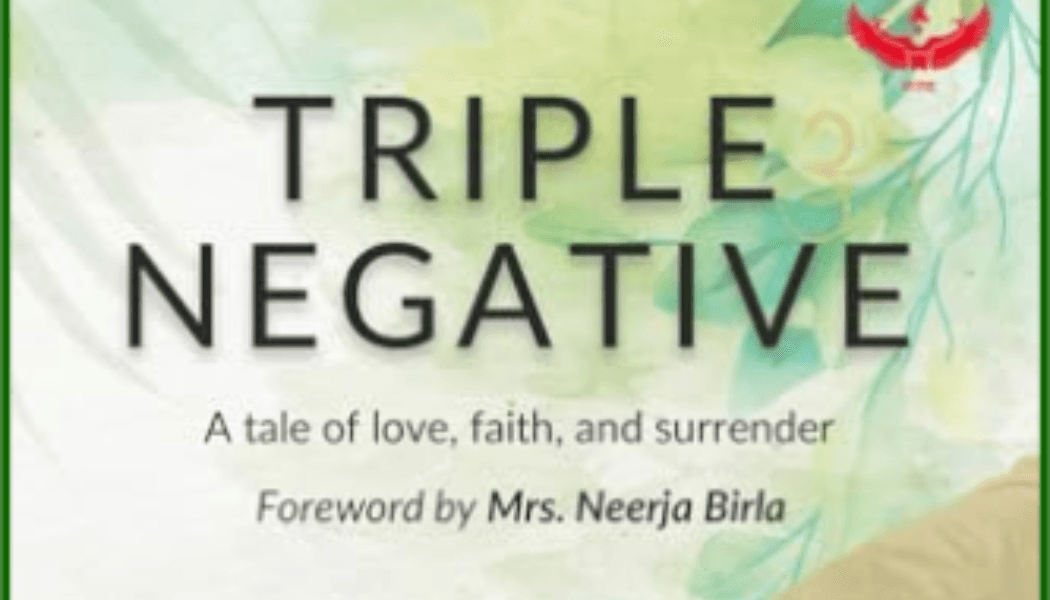Last week, we dealt with subplots and different types of subplots. Now, it’s time to move on from plots to another aspect of storytelling. And, that is exactly what we are going to do.
Once you have the plot ready, you’ve got to start writing it. But, how? Do you scribble whatever comes to the mind? No. You plan where to start, how to start, and whose voice to take to the readers.
In simple terms, the process of telling a story, or recounting the incidents to the audience is known as narration. The person who narrates is the narrator.
The narrator can be anybody or anything (yes, living/ non-living). The narrator can be speaking the truth or lying (reliable Vs unreliable). The narrator can be omnipresent (see & know everything) or can have a restricted view of the incidents. The narrator can be your protagonist/ antagonist/ side character/ or you, the writer.
When a narrator speaks what they are ‘seeing’, it is known as the Point of View. The readers will read and see the story from the Point of View of this narrator. The POV can be broadly divided into three types.
First Person POV
-
- Recognizing the first-person narrative is easy. A story where the narrator uses ‘I’ to identify themselves and relies on the first-person pronoun is a story narrated in the first person POV.
- The narrator can be the main character or a side character. The action may or may not revolve around your narrator.
- But, in this POV, the narrator knows only what they see or hear. The readers would know only the thoughts, views, opinions, ideas, and feelings of the narrator.
- If the narrator tells you someone likes them, it could be either be because the person told the narrator or because the narrator felt or heard it from someone else. The reality could be the opposite, and readers do not have a way of knowing until the narrator knows.
- The first person POV has these limitations and cannot be used for all stories.
- Ex: Jane Eyre by Charlotte Bronte.
Second Person POV
-
- This is the least used POV in fiction writing, especially in a full-length novel.
- Using the pronoun of ‘you’, the writer draws the second person into the story and makes them a part of the action.
- In most cases, the reader becomes ‘you’.
- This approach is the most helpful and effective in non-fiction works. That is why we tend to see a lot of self-help and personality development books employing this POV. It is used to encourage and motivate readers.
- Some writers have successfully tried using this POV in their fictional works.
- Ex: Happy Endings by Margaret Atwood (Short Story). Bright Lights, Big City by Jay McInerney (full-length novel).
Third Person POV
-
- This is the most widely used POV in fiction writing. It is easy to use the third person POV.
- The narrator is not personally involved in the story. Instead, they play the role of an observer and recount the incidents to the readers.
- The third person is again divided into two- Omnipresent and Limited.
- Omnipresent Third Person POV is where the narrator knows everything. The narrator knows what’s in the mind of each character, the narrator knows when a person is lying, and the narrator knows what will happen next.
- Ex: Scarlet Letter by Nathaniel Hawthrone.
- Limited Third Person POV is where the narrator does not know everything. It’s like the narrator is a friend of the protagonist or can hear only one side of a telephone conversation. Based on the response given by the protagonist, the narrator summarizes the other side of the story.
- Ex: Pride and Prejudice by Jane Austen. We know the story from Elizabeth’s POV and see things as she does. Harry Potter by JK Rowling also uses the same POV.
How you choose to narrate your story is up to you. In this story (excuse my self-promotion), I wrote the same story from 3 different POVs.
Visit here: https://writers.artoonsinn.com/2018/07/13/once-upon-a-fairytale/
Why not have another easier example?
- The glass smashed against the wall with a resounding echo. Elle jumped from the chair and rushed to hide under the bed. She hated it when Mark lost his senses to drink. But she could do nothing about it. Didn’t he always say it was her fault? Elle rolled into a ball and cried herself to sleep on the cold and dirty floor. Sometime later, she felt the bed creak and dip as Mark tumbled onto the mattress.
- The glass smashed against the wall with a resounding echo. I jumped from the chair and rushed to hide under the bed. How I hated it when Mark drunk himself beyond control. But I could never do anything about it. Didn’t he always say that it was my fault? I curled into a ball and cried myself to sleep on the cold and dirty floor. Sometime later, the bed creaked as Mark stumbled onto it.
- Mark threw the glass against the wall. It crashed with a resounding echo. Elle jumped from the chair she was on and rushed to hide under the bed. Mark ignored the broken pieces and waddled towards the bedroom. He swayed one way and another, cursing Elle. He always blamed her for his failures. She was curled into a ball and crying on the cold and dirty floor. She could never do anything about Mark’s addiction. Somehow, Mark managed to make it to the bed. He tripped and fell onto it. Too drunk to even move, he slipped into a deep slumber.
- The glass smashed against the wall with a resounding echo. You jump from the chair and rush to hide under the bed. How you hate it when Mark loses control of his senses. But, you never did anything about it. You couldn’t. Hadn’t Mark always blamed you for it? Didn’t he say it was your fault that he drank? You curl up into a ball and cry, tears staining the cold and dirty floor as you fall asleep. Sometime later, you notice the bed creak and dip. Mark managed to come into the room and tumbled onto the bed.
Test: Now, tell us in the comments which of the examples belong to which POV.
Exercise for readers: Pick any story (Micro/ Flash) you’ve written for ArtoonsInn and re-write it (at least 150-250 words) from another POV than the original in the comments (on FB).
*Image by Monoar Rahman Rony




Permalink